Home>Gardening & Outdoor>Landscaping Ideas>Why Babies Avoid Grass
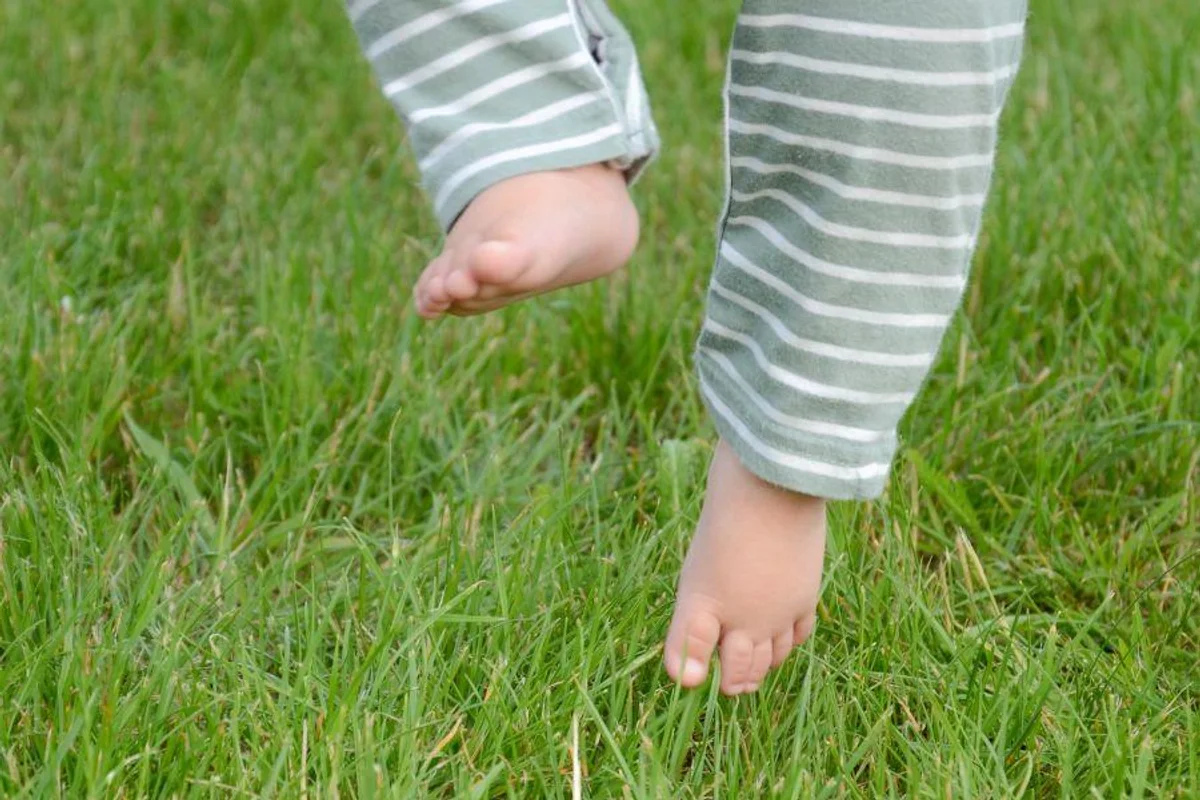

Landscaping Ideas
Why Babies Avoid Grass
Published: January 29, 2024
Discover landscaping ideas to create a baby-friendly outdoor space. Learn why babies avoid grass and how to design a safe and inviting environment for little ones.
(Many of the links in this article redirect to a specific reviewed product. Your purchase of these products through affiliate links helps to generate commission for Storables.com, at no extra cost. Learn more)
Introduction
Sensory Sensitivity in Babies
Babies are a source of endless fascination and joy. Their curiosity and innocence often lead them to explore the world around them with unbridled enthusiasm. However, it’s not uncommon for parents and caregivers to notice that babies tend to avoid certain textures, such as grass, despite their seemingly insatiable desire to touch and explore everything within reach. This aversion to grass and other tactile stimuli can be perplexing, but it’s essential to understand that babies experience the world in a fundamentally different way than adults.
From a sensory perspective, babies possess a heightened sensitivity to various stimuli, including tactile sensations. The neural pathways responsible for processing sensory input are still developing during infancy, leading to a heightened awareness of touch, texture, and temperature. As a result, seemingly innocuous textures like grass may evoke strong reactions in babies, causing them to recoil or express discomfort.
This sensitivity to tactile stimuli is a natural aspect of infant development and is often referred to as sensory sensitivity. It's crucial for parents and caregivers to recognize and respect this sensitivity as they navigate the early stages of their child's growth and development. By understanding the underlying reasons for babies' aversion to certain textures, such as grass, caregivers can provide the necessary support and comfort to help their little ones acclimate to the sensory richness of the world around them.
Sensory Sensitivity in Babies
When it comes to understanding why babies often avoid grass and other tactile stimuli, it’s essential to consider the intricate nature of sensory sensitivity during infancy. Babies experience the world through a lens of heightened sensory perception, which significantly influences their reactions to various stimuli, including textures like grass.
From the moment they are born, babies rely on their senses to navigate and make sense of the world around them. However, the sensory pathways in their developing nervous systems are still maturing, leading to a heightened sensitivity to tactile sensations. This heightened sensitivity is a natural aspect of infant development and is crucial for their overall growth and well-being.
When babies encounter textures like grass, their sensitive nerve endings may register the sensation as overwhelming or unfamiliar, triggering a response that manifests as aversion or discomfort. This reaction is not indicative of a conscious decision to avoid the texture but rather a natural response to their heightened sensory perception.
It’s important for caregivers to approach this sensitivity with empathy and understanding, acknowledging that babies’ aversion to certain textures is a normal part of their developmental journey. By recognizing and respecting their sensory sensitivity, caregivers can create a supportive environment that allows babies to gradually acclimate to a wide range of tactile experiences, including the sensation of grass beneath their tiny feet.
Evolutionary Perspective
Exploring the aversion that babies often display towards grass from an evolutionary perspective unveils intriguing insights into human development and survival. Throughout the course of human evolution, our ancestors inhabited diverse environments, ranging from lush grasslands to rugged terrains. During this time, the aversion to certain textures, including grass, likely served as a protective mechanism for infants, safeguarding them from potential threats in their surroundings.
From an evolutionary standpoint, the aversion to grass can be viewed as a survival instinct that has been ingrained in human infants over generations. In the ancestral environments where our early predecessors thrived, the ground beneath the grass could conceal various hazards, such as uneven terrain, sharp objects, or hidden predators. As a result, infants who exhibited a natural wariness towards unfamiliar textures like grass were less likely to encounter harm, contributing to their overall survival and well-being.
Furthermore, this evolutionary perspective sheds light on the adaptive nature of sensory sensitivity in infants. The heightened awareness of tactile stimuli, including the aversion to certain textures, reflects the intricate interplay between genetics and environmental influences that has shaped human development over millennia.
While modern society has significantly evolved from the ancestral environments of our predecessors, the remnants of these evolutionary adaptations persist in the sensory responses of infants today. By recognizing the evolutionary roots of babies’ aversion to grass, caregivers can gain a deeper appreciation for the innate mechanisms that have contributed to the survival and resilience of the human species.
When babies avoid grass, it could be due to the texture or feeling of the grass on their skin. Try introducing them to grass gradually, starting with short periods of time and providing a soft blanket or towel for them to sit on.
Modern Lifestyle and Hygiene Hypothesis
The modern lifestyle and hygiene hypothesis offers a compelling perspective on why babies may exhibit an aversion to grass and other natural textures. In today’s world, advancements in hygiene practices and the prevalence of urban living have significantly altered the sensory experiences of infants, potentially influencing their responses to tactile stimuli like grass.
One aspect of the modern lifestyle and hygiene hypothesis centers on the reduced exposure of infants to natural environments, including grassy landscapes. Unlike earlier generations who spent ample time outdoors, contemporary infants may have limited opportunities to engage with natural elements like grass due to factors such as urbanization, indoor living, and the prioritization of sanitized environments.
As a result, the sensory systems of modern infants may encounter grass and other natural textures with a sense of novelty and unfamiliarity, potentially leading to aversion or discomfort. This hypothesis underscores the impact of environmental factors on the sensory development of infants, highlighting the potential influence of reduced exposure to natural stimuli on their tactile sensitivities.
Furthermore, the modern emphasis on stringent hygiene practices and cleanliness may contribute to babies’ aversion to grass. In an effort to maintain sanitized environments, caregivers often take measures to minimize infants’ direct contact with outdoor elements like grass, fearing potential exposure to dirt, allergens, or microorganisms. While these precautions stem from a genuine concern for the well-being of infants, they may inadvertently contribute to a lack of familiarity with natural textures, potentially amplifying their aversion to grass and similar stimuli.
By considering the modern lifestyle and hygiene hypothesis, caregivers can reflect on the balance between safeguarding infants from potential risks and facilitating their exposure to diverse sensory experiences, including the textures of the natural world. This awareness can guide caregivers in creating environments that support infants’ sensory development while maintaining necessary precautions for their health and well-being.
Conclusion
The aversion that babies often display towards grass and other tactile stimuli is a multifaceted phenomenon influenced by sensory sensitivity, evolutionary adaptations, and the dynamics of modern living. Understanding the underlying reasons for this aversion is crucial for caregivers as they navigate the complexities of infant development and provide the necessary support for their little ones.
From a sensory perspective, babies’ heightened sensitivity to tactile stimuli shapes their responses to textures like grass, leading to reactions that may appear as aversion or discomfort. Recognizing and respecting this sensory sensitivity is essential for creating a nurturing environment that promotes infants’ sensory development while acknowledging their unique perceptual experiences.
Exploring the evolutionary perspective unveils the adaptive nature of babies’ aversion to grass, reflecting an ancestral survival instinct that has been woven into the fabric of human development. This perspective offers a profound appreciation for the innate mechanisms that have contributed to the resilience of the human species over time.
The modern lifestyle and hygiene hypothesis sheds light on the impact of contemporary living on infants’ sensory experiences, emphasizing the potential influence of reduced exposure to natural environments and heightened emphasis on hygiene practices. Caregivers can leverage this understanding to strike a balance between safeguarding infants’ well-being and facilitating their engagement with diverse sensory stimuli, including the textures of the natural world.
In essence, the aversion that babies exhibit towards grass is a testament to the intricate interplay of sensory development, evolutionary heritage, and environmental factors. By embracing these insights, caregivers can create enriching experiences that honor babies’ sensory sensitivity while nurturing their exploration of the captivating world that surrounds them.
Frequently Asked Questions about Why Babies Avoid Grass
Was this page helpful?
At Storables.com, we guarantee accurate and reliable information. Our content, validated by Expert Board Contributors, is crafted following stringent Editorial Policies. We're committed to providing you with well-researched, expert-backed insights for all your informational needs.







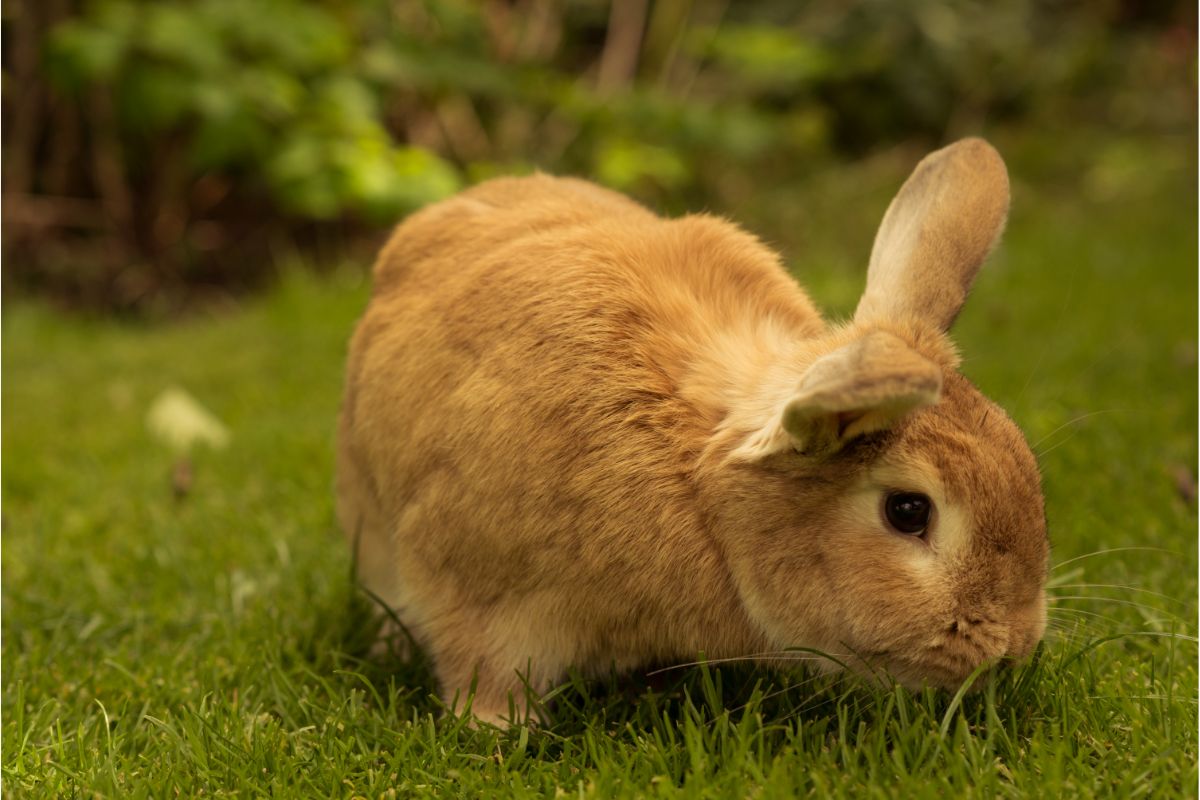




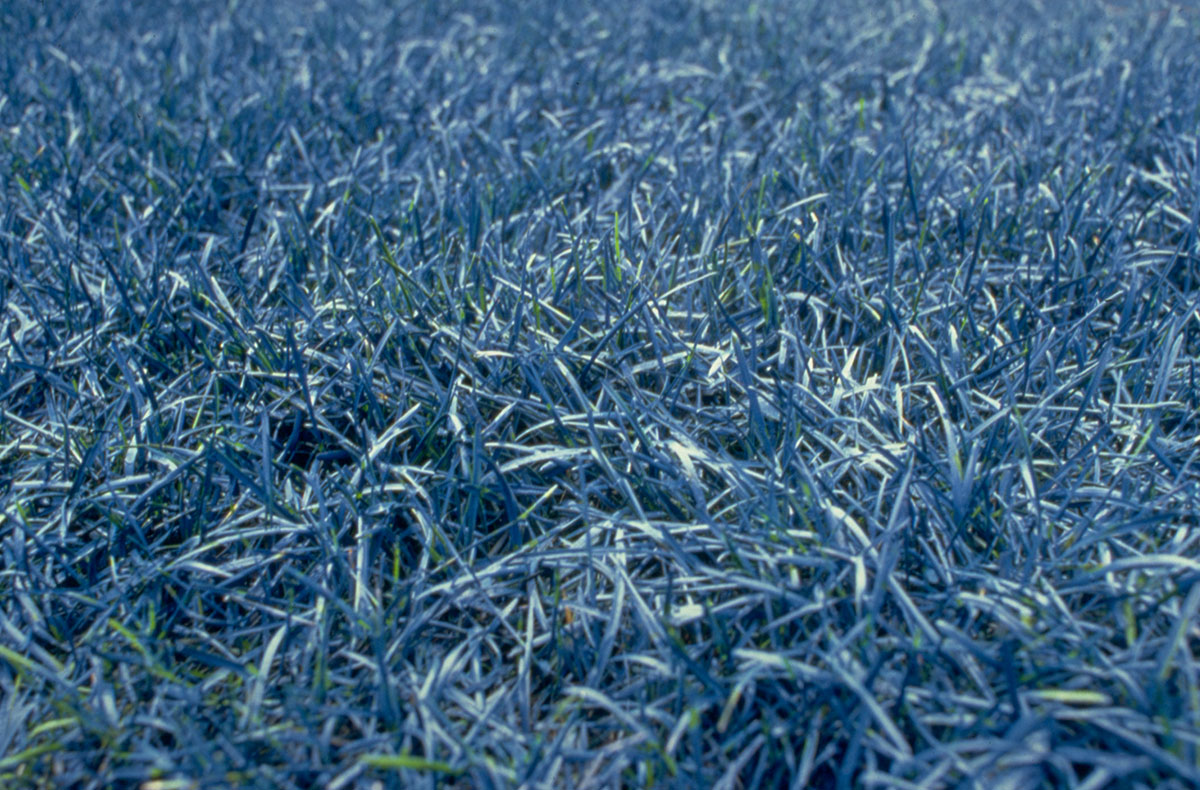
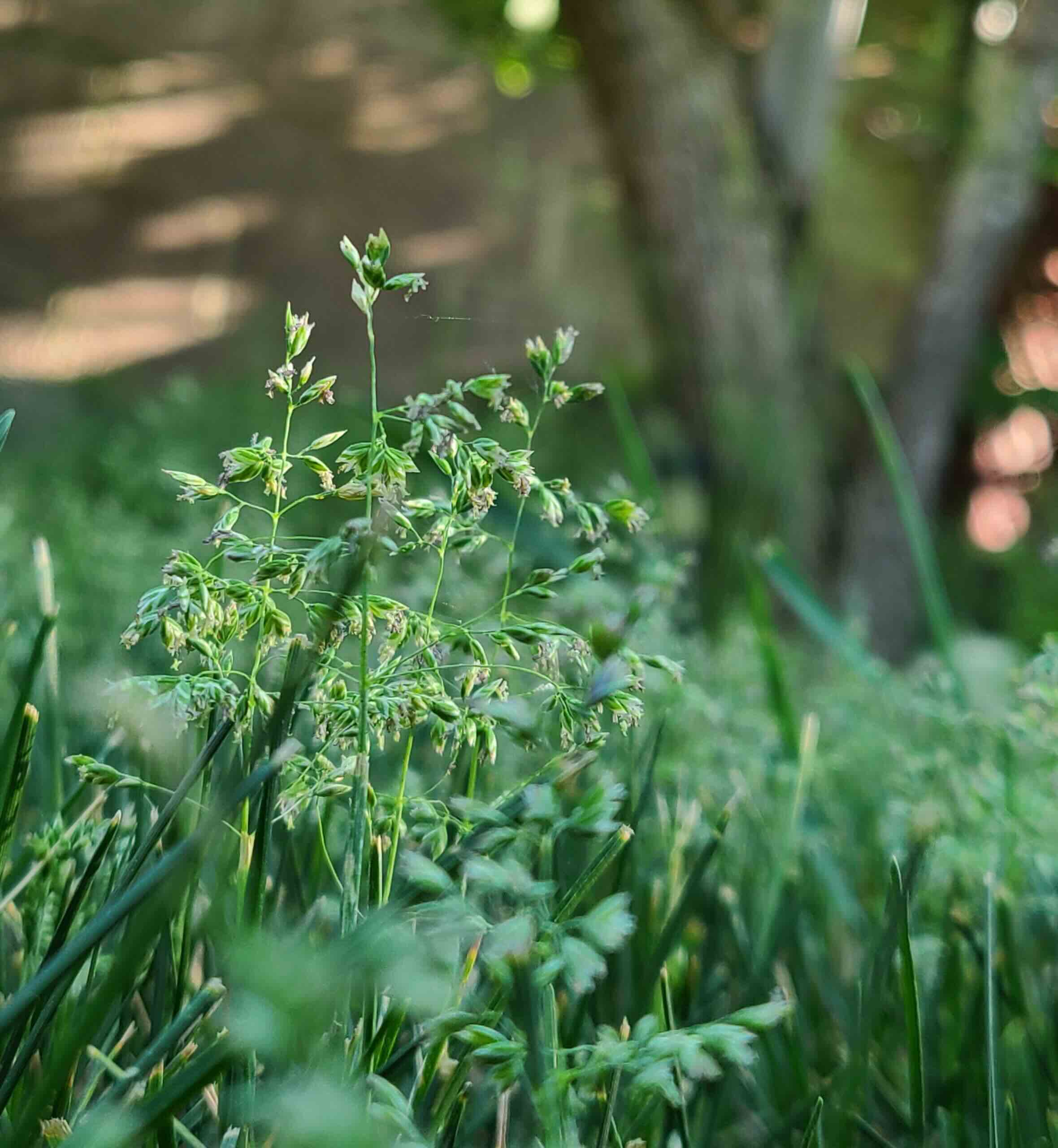
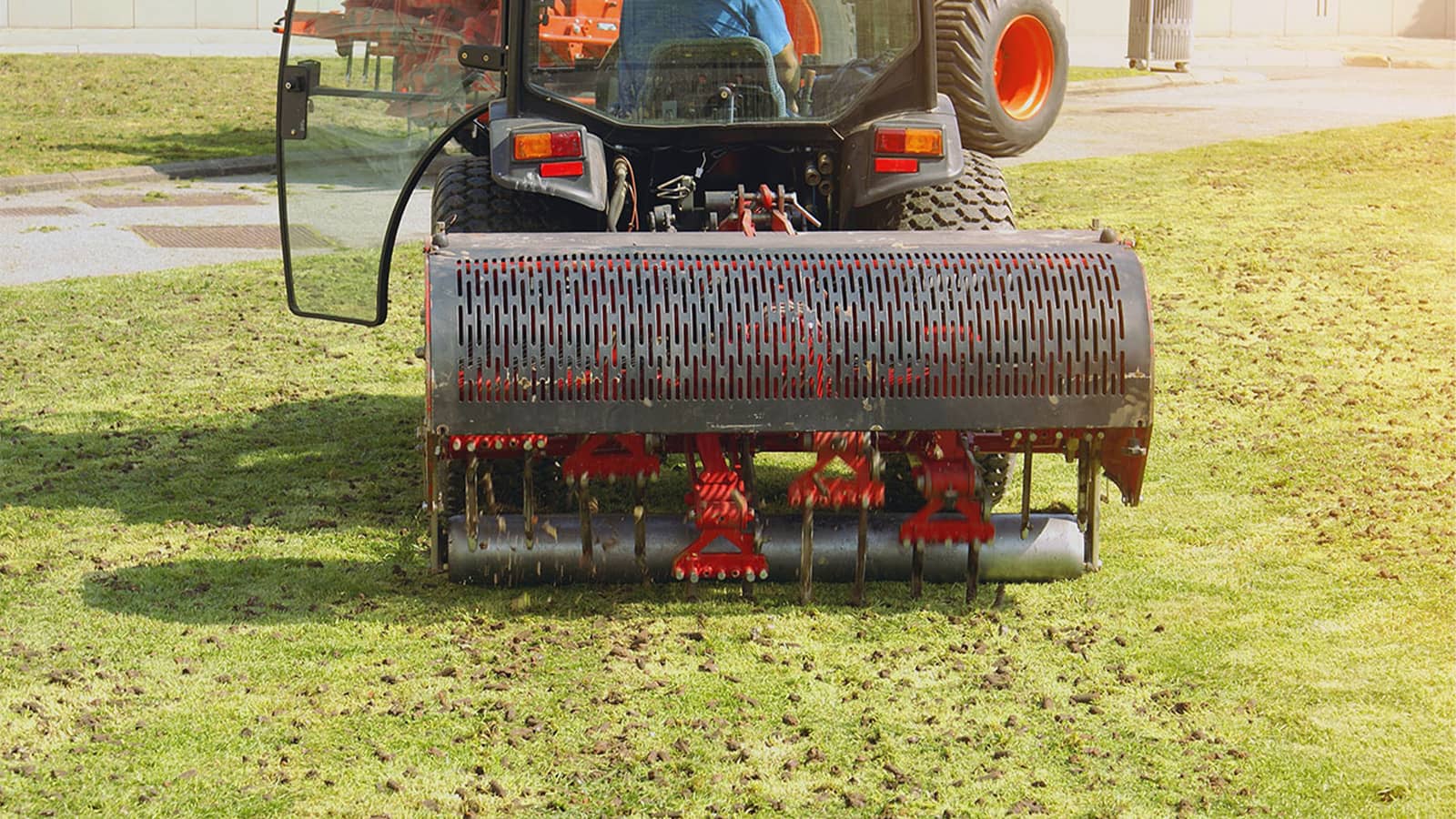

0 thoughts on “Why Babies Avoid Grass”